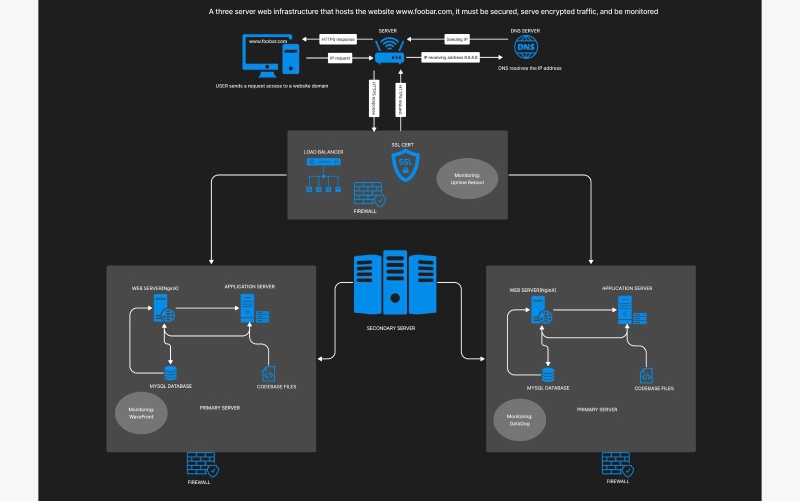What happens when you type google.com in your browser and press Enter?
 Muritadhor Arowolo
Muritadhor Arowolo
Introduction
When we type "google.com" into our browsers and hit Enter, we're accustomed to seeing Google's familiar homepage appear almost instantly. But have you ever wondered what's happening behind the scenes? Let's delve into the intricate journey that unfolds with each keystroke.
Understanding Domain Names and DNS
"google.com" is more than just a string of characters; it's a domain name mapped to Google's IP address. But how does our browser know where to find it? Enter the Domain Name System (DNS), often likened to the internet's phone book. It translates human-readable domain names into IP addresses, facilitating communication between devices on the network. When we enter "google.com," our browser sends a DNS request to a DNS server, which retrieves the corresponding IP address, enabling our browser to accurately locate the desired destination.
Establishing Connection
With the IP address in hand, our browser initiates a Transmission Control Protocol/Internet Protocol (TCP/IP) connection. TCP ensures reliable communication by establishing and maintaining a connection between our device and the server, while IP routes data packets across networks using their IP addresses. This robust framework forms the backbone of internet communication, ensuring seamless data transmission.
Handling Traffic with Load Balancers
As countless users worldwide access "google.com" simultaneously, a single server would struggle to handle the influx of requests efficiently. This is where load balancers come into play. Acting as traffic directors, load balancers distribute incoming requests across multiple servers, preventing any one server from becoming overwhelmed. Using sophisticated algorithms, load balancers optimize performance and ensure high availability, enhancing the overall user experience.
Securing Connections with HTTPS/SSL
In today's digital landscape, security is paramount. When we visit "google.com," our browser establishes a secure connection using HTTPS (Hypertext Transfer Protocol Secure) and SSL (Secure Sockets Layer) encryption. This encryption protocol encrypts data exchanged between our browser and the server, safeguarding sensitive information from prying eyes and malicious actors. HTTPS ensures that our interactions with "google.com" remain private and secure.
Conclusion
The journey from typing "google.com" to accessing its homepage is a complex yet seamless process orchestrated behind the scenes. From DNS resolution to TCP/IP connections, load balancing, and encryption, each step plays a crucial role in delivering a smooth user experience. Understanding this journey sheds light on the intricate workings of the internet, empowering us to navigate the digital realm with confidence and clarity.
Subscribe to my newsletter
Read articles from Muritadhor Arowolo directly inside your inbox. Subscribe to the newsletter, and don't miss out.
Written by
